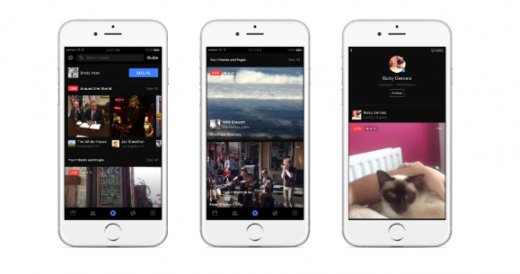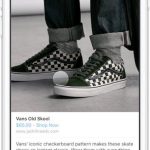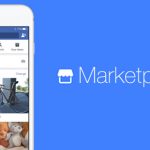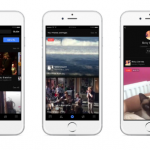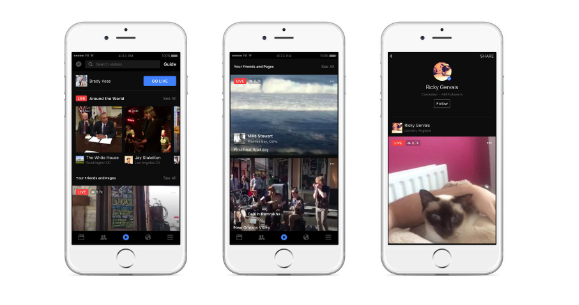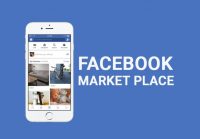Facebook Marketplace: The Good, the Bad, and the Ugly
October 10, 2016
Last week Facebook introduced Marketplace, a new destination for users to buy and sell items with people in their community.
Since then, the internet has been quick to compare Marketplace to Craigslist, and poke fun at the strange and illegal items like baby hedgehogs, halal food, guns, and drugs being sold on the new platform. Now, Marketplace is temporarily down and the rollout is delayed, as Facebook fixes up some “technical glitches” that allowed these posts to pass through their filters.
All this being said, what should businesses know about the impending update? How will Facebook Marketplace affect marketers? How can brands leverage the new platform to engage with shoppers?
A Move To Double Down On Ads
Marketplace is the latest update to top the growing list of features that Facebook has released to kick off Q4. Leading up to the quarter, in September, Facebook released Instagram updates that give users more control on the platform. This month, Facebook rolled out:
– Marketplace which puts Facebook in the same corner of the web as peer-to-peer commerce platforms such as Craigslist, eBay, and Amazon.
– Cross-Platform Analytics which helps Facebook put their foot in the analytics category.
– “Secret Conversations” which encrypts Facebook Messenger conversations, positioning Facebook as a competitor against messaging apps like Whatsapp.
Facebook’s end goal is clear: to become an all-in-one platform that keeps people on the site.
Today, the average user already spends 50 minutes on Facebook a day. That’s up from 40 minutes in 2014. When you compare this to the amount of time users spend on YouTube – 17 minutes a day according to comScore – it’s mind blowing. Other social media channels don’t even come close to the amount of usage, with LinkedIn at two minutes and Twitter at one.
The more time users spend on site, the more likely they are to engage with content. This translates to higher impressions, which is a bargaining chip for Facebook to raise ad costs.
“Facebook is coming close to saturating time spent on the [platform]… but opening up new categories of social activity means you open up new segments of time to tap into as well,” says Jan Dawson, chief analyst with Jackdaw Research. “So it increases time spent [and] increases loyalty…”
Businesses should give some thought to their balance of paid versus organic Facebook content in the months to come. As the platform adds more categories for users to engage with, there will be more content to compete with and ad prices will soar. Building an effective paid social strategy is going to be crucial.
Training Users To Shop On The Platform
Four hundred and fifty million people currently visit Facebook buy-and-sell groups each month. With additional features like Marketplace and Messenger Chatbots, users are becoming increasingly comfortable with shopping on the platform.

Photo from Digiday
While previous social commerce features like buy buttons still haven’t quite taken off with shoppers, Facebook has a real chance at leading the race.
The platform’s wide network of 1.44 billion active monthly users and sophisticated segmentation options give marketers a lot to play with. Facebook Ads allow you to get really granular, allowing you to target by age and gender, interests, behaviors and connections. Features like Messenger Chatbots also make ad content more organic by putting consumers in control of who they hear from and what they hear.
Banning Businesses Out of the Gate
While Facebook has their eyes set on ad spending, the Marketplace won’t actually be available to businesses. Mashable reported that ads will not be shown within the Marketplace and businesses will not be able to pull insights from how user behavior within the feature.
Also, businesses will not be able to target users with ads based on how they use Marketplace
— Damon Beres ✨ (@dlberes) October 3, 2016
There hasn’t been much more news on how Facebook envisions Marketplace to work with or not work with businesses, so we can’t completely rule out the idea that they will eventually allow businesses to participate in some way.
FB Live Has Been Replaced
Remember the tab that used to be Messenger in the Facebook mobile app? Apparently that tab was supposed to be designated for Facebook Live, but now Marketplace has taken its place.
It seems that it might be a while before users have an accessible tab to quickly watch and record Live content.
Photo from Marketing Land
Some speculate that it’s because Facebook is confident with the News Feed algorithm’s ability to surface Live content and keep users engaged.
But this does make us wonder why Facebook prioritized Marketplace over Live. Does Live measure up to all the hype? Users comment 10 times more on Facebook Live videos than on ordinary Facebook videos. But, data from Tubular Labs also shows that while live-video views are steadily increasing, the number of videos produced aren’t seeing the same kind of growth.
There were fewer live stream videos from May to June and the number of accounts live broadcasting only increased by 40,000 during those two months versus 115,000 from April to May. That was more than a 50% drop in growth in Q2.
There could be a variety of factors causing the slow growth. Are fewer people posting Live videos because it’s hard to be engaging and interesting on camera in real-time? Is Live not as “cool” as it was when it first launched? Or is this small sample of data not representative of the overall engagement on the platform?
That’s something we’ll have to wait and see over the next few months. Facebook Live announced that it was rolling live globally on desktop back in February, and is now available in over 60 countries.
Scaling The Ever Growing Wall
Facebook is building their walled gardens higher with every update. Just as Apple is doing in the app ecosystem and Google in mobile search and advertising.
Marketplace is just a reminder to marketers that they have to be strategic in the way they integrate channels into their overall marketing strategy. Overall, 50% of eCommerce transactions take place across multiple devices. And 79% of consumers age 18-64 use three or more devices every day.
While you can’t not be on these platforms, since this is where a majority of the internet is active and engaged, you also can’t just rely on the user experience and data insights these social channels provide. No matter how easy they make it.
Building a branded and enticing customer experience means knowing exactly where your customers are going next. It means being able to see clear across Facebook and everywhere else on the web so that you can optimize and personalize the content. And that all comes down to being in control.
Digital & Social Articles on Business 2 Community
(24)

